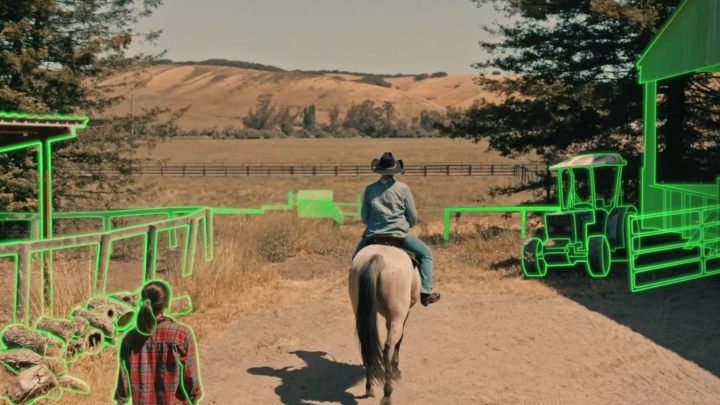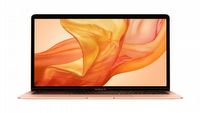Augumented Reality in Contact Lenses
Mojo Vision is working on lenses that will display augmented reality elements. The startup has already collected nearly $160 million.

A big city we're visit for the first time. Directions are displayed right in front of our eyes. No one else sees them. Discreetly and smoothly, we are on our way to an important meeting. Sounds like technology from a science fiction movie? This may be reality and in the near future. Mojo Vision is working on lenses that will display all kinds of information.
- Mojo Vision is working on augmented reality lenses;
- The team has already raised almost 160 million dollars, which will be spent on the development of the project;
- A microLED display with the highest pixel density in the world - 14,000 PPI was created.
The project was launched in 2015. It won the trust of many companies such as HP, Motorola, Google and LG. So far, almost 160 million dollars have been raised for its development. Although for the time being it is impossible to determine even the approximate date of construction of the finished product, some successes in this field have already been achieved. A microLED display with a record pixel density of 14000 ppi (pixels per inch) has been developed.

First working prototypes of the device are alredy there, presenting the operation of this microscopic screen. It currently displays mainly text in green. However, it is possible that the final device will offer more possibilities. The team behind the project has many problems to solve. One of them is the power supply. Eventually, the lens will have a battery that is sufficient for the whole day. The previous prototypes were powered externally.
The device is to contain position sensors, communication modules, as well as a camera for image recognition. Everything must be microscopic in size and have small energy consumptions. AR Mojo Vision will be a medical product, so it must be approved by the FDA (American Food and Drug Agenc). It will be made of permeable material to allow the cornea to be supplied with oxygen.

The new solution can have many applications. In addition to displaying the location tips in a situation we described in the introduction, it will be able to recognize objects and provide information about them. By highlighting shapes, it will help visually impaired people to orient themselves in their surroundings. These people will probably be the first to use the lenses. Only after the product has proven itself as a medical aid will it be released for commercial use.
0

Author: Arkadiusz Strzala
His adventure in writing began with his own blog and contributing to one of the early forums (in the olden days of Wireless Application Protocol). An electrical engineer by profession, he has a passion for technology, constructing and, of course, playing computer games. He has been a newsman and writer for Gamepressure since April 2020. He specializes in energy and space tech. However, he does not shy away from more relaxed matters every now and then. He loves watching science-fiction movies and car channels on YouTube. He mainly plays on the PC, although he has modest console experience too. He prefers real-time strategies, FPS and all sorts of simulators.
Latest News
- This is expected to be the biggest year in the company's history. Blizzard prepares an offensive that will overshadow previous years
- Bethesda envied CD Projekt RED? Starfield may undergo a Cyberpunk 2077-style metamorphosis
- Season 2 has just started, and Todd Howard is already writing the script for the third one. Fallout 5 will be changed by the TV show
- 5 games to grab on Amazon Prime Gaming. Among them, a collection of RPG classics
- My experience attending the 2025 Game Awards, and why I loved it

